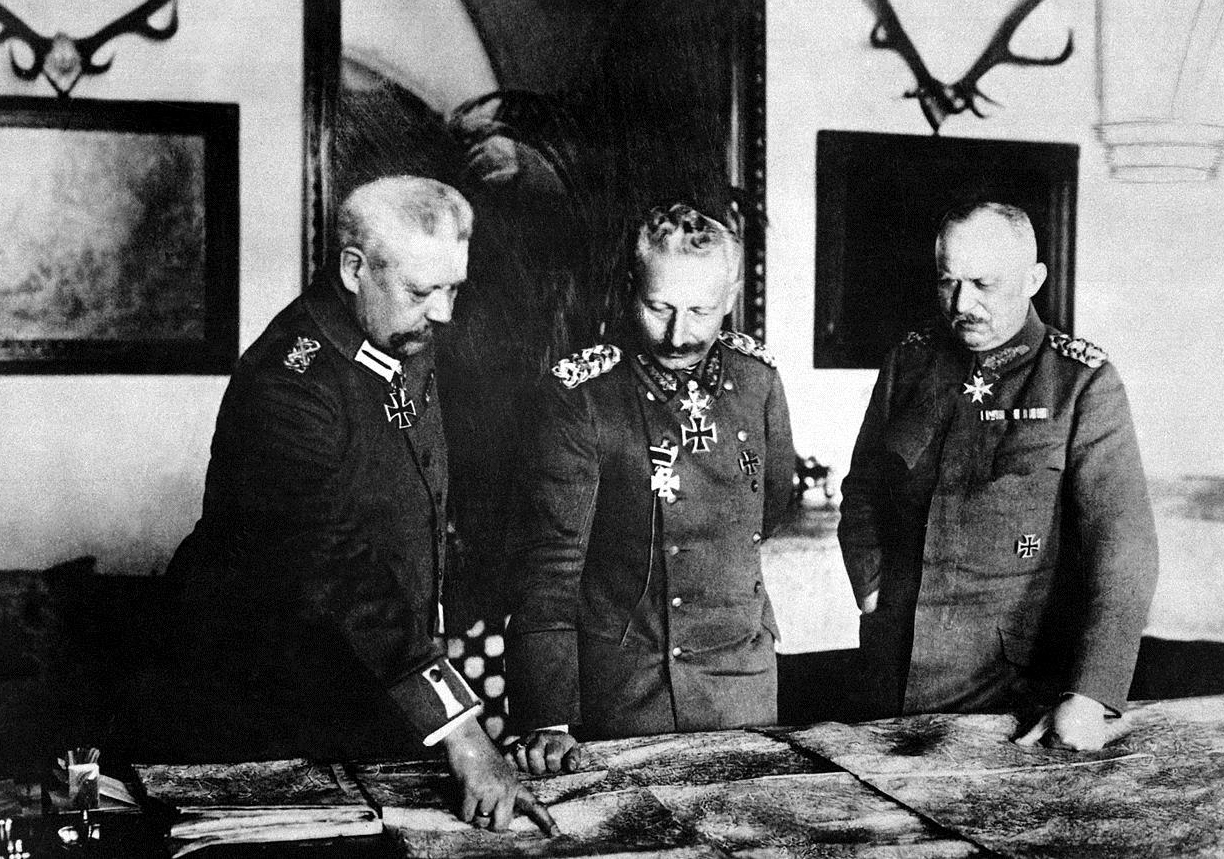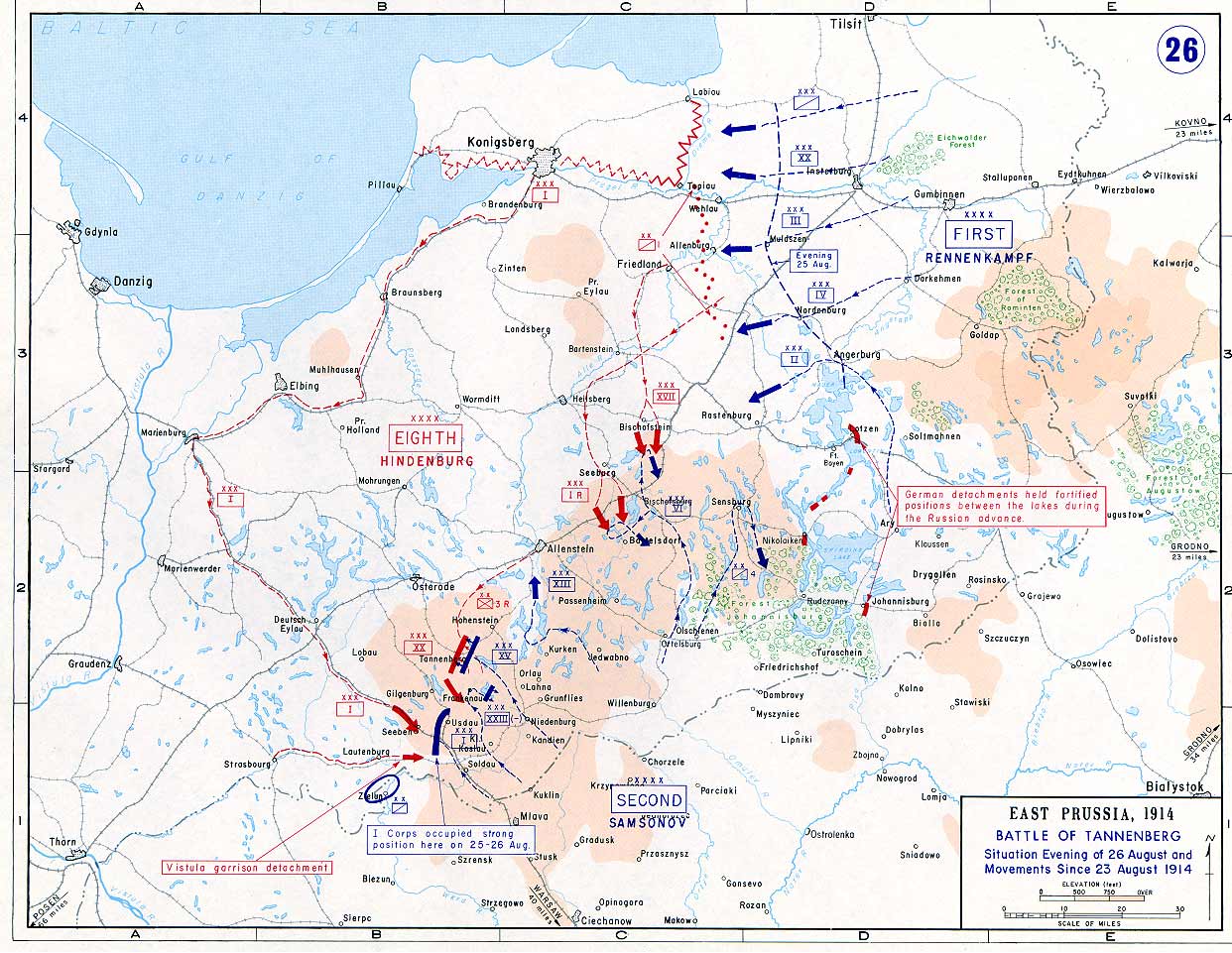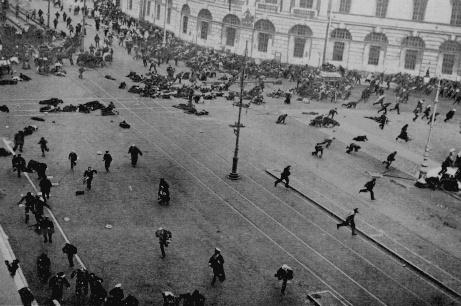Killing Time
The Battle of Tannenberg
August 26-30, 1914

Our first podcast is all about this battle that was fought in the first month of World War I saved Imperial Germany from a knock-out blow and quick defeat by Tsarist Russian armies invading East Prussia. With Germany concentrating nearly all of her mobilized army in the West against France, Britain and Belgium, the German master plan for fighting a two front war called for only a small force to delay and contain an anticipated Russian invasion while the allies in the West were quickly defeated.
Quick defeat of the allied armies in the West would supposedly allow a later concentration of German forces in the East where, in cooperation with her allies, Austria-Hungary and the Turkish Ottoman Empire, the Central Powers would deal with Russia later in what was expected to be a protracted campaign. The anticipated victory in the West would never happen with Germany ultimately defeated in the Battle of the Marne in September, 1914. Had Russia succeeded in this invasion, culminating in the capture and occupation of Berlin, Germany might well have been knocked out of the war by the end of September, 1914.

Click map to enlarge.
The stakes could not have been higher as the German high command watched with growing dread the appearance of two massive Russian armies on their Eastern frontier two weeks after Germany's declaration of war; much sooner and in much greater numbers than had been expected. Vastly outnumbered, the German Eighth Army, commanded by Field Marshal Paul von Hindenburg, utilized the network of rail lines to quickly outmaneuver two widely separated Russian field armies, utterly destroying one commanded by General Alexander Samsonov who then committed suicide. The second Russian field army, commanded by General Paul von Rennenkampf, was then routed in turn in one of the most improbable and brilliant military victories in history.
The annihilation of the Russian armies allowed Germany to continue fighting in World War I for four more years. Tannenberg and other military defeats that would follow eventually resulted in the complete defeat of Russia and the downfall of the Tsarist monarchy there in 1917. The legacy of Tannenberg is one of the greatest of the 20th century but because it was fought on the so-called "Eastern front" its place in history has been obscured. Our podcast explores the fascinating details of this campaign and its impact on history.

